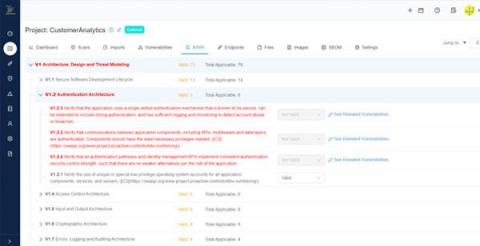Unifying Security and Development
Most developers don’t learn about secure coding in the college IT programs. And once they join the workforce, they often don’t have the time to learn about secure coding. The responsibility of training developers in secure coding best practices usually falls on security practitioners. Security practitioners are notoriously overworked, often lacking the bandwidth to train developers. Organizations are thus turning to AppSec learning experiences built specifically for development teams.










